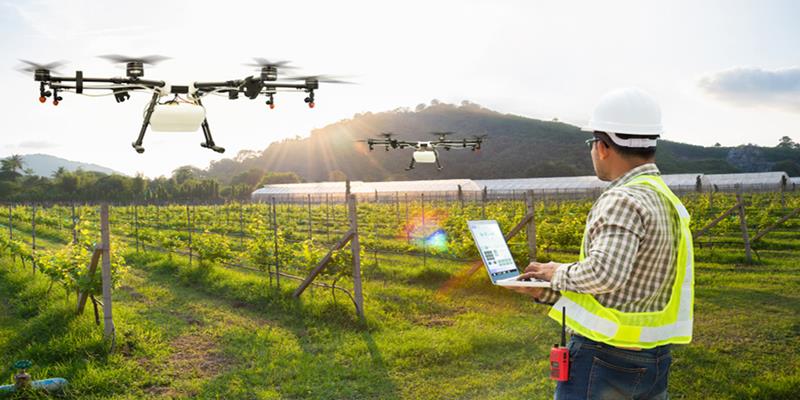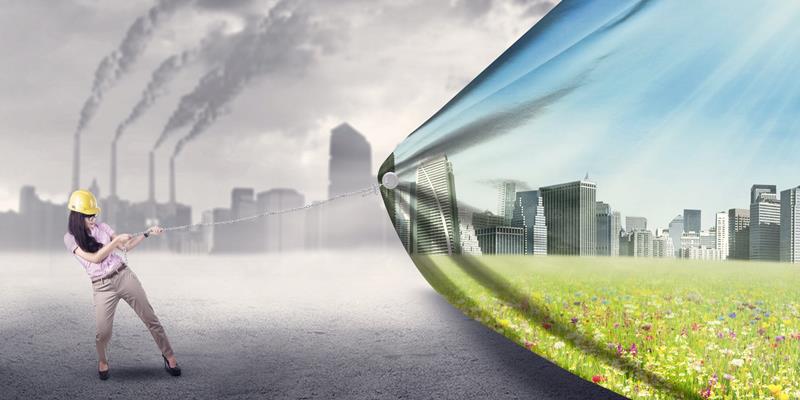Empowering Sacred Valley: A Development Blueprint
Mar 19, 2024 By Juliana Daniel
Introduction
In the heart of the Andes, nestled between towering peaks and vibrant green terraces, lies the Sacred Valley of the Incas. This region, rich in history and culture, is on the brink of a transformative era. Development in the Sacred Valley is not just about economic growth; it's about nurturing the delicate balance between modernization and preserving ancient traditions. The journey towards sustainable development in this revered place is a testament to the resilience and innovation of its people.
The Sacred Valley is a living museum where the past and present coexist harmoniously. However, the challenge of setting the table for development in such a sacred space is immense. It requires a thoughtful approach that respects the valley's cultural heritage while introducing the benefits of contemporary advancements. This blog delves into the strategies and initiatives paving the way for a brighter future in the Sacred Valley, highlighting the importance of community involvement, sustainable tourism, and agricultural innovation.
Preserving Cultural Heritage
The Sacred Valley is a tapestry of ancient customs and traditions passed down through generations. As development initiatives take root, there's a growing emphasis on preserving this cultural heritage. Efforts are being made to document and revive traditional practices, from textile weaving to indigenous farming techniques, ensuring they are preserved in modernization.
Community-led museums and cultural centers are becoming cornerstones of this preservation effort. These spaces serve as repositories of history and as platforms for local artisans and historians to share their knowledge with the world. By valuing and promoting the rich cultural tapestry of the Sacred Valley, development projects are fostering a sense of pride and identity among the local population, ensuring that progress does not come at the cost of their ancestral legacy.
Enhancing Sustainable Tourism
Tourism has long been a lifeline for the Sacred Valley, drawing visitors from around the globe to marvel at its archaeological sites and breathtaking landscapes. However, the surge in tourism has also posed challenges, from environmental degradation to the displacement of local communities. Addressing these issues head-on, new sustainable tourism models are being implemented, focusing on minimizing impact while maximizing benefits for local inhabitants.
These models include community-based tourism initiatives that offer authentic experiences, from homestays in traditional villages to guided tours by local experts. Such initiatives not only provide a sustainable source of income for residents but also encourage tourists to engage with the culture and history of the Sacred Valley in a more meaningful way. By prioritizing sustainability, the Sacred Valley sets an example for tourist destinations worldwide, proving that it can welcome visitors without compromising the integrity of natural and cultural treasures.
Agricultural Innovation and Food Security

Agriculture is the backbone of the Sacred Valley, with terraced fields and ancient irrigation systems painting a picture of a deeply rooted farming tradition. Yet, the region faces modern challenges, including climate change and market fluctuations, threatening food security and livelihoods. Innovative agricultural practices are being introduced to combat these challenges, blending traditional knowledge with new technologies to create resilient and productive farming systems.
Organic farming and agroforestry are among the strategies to improve soil health and yield while reducing environmental impact. These practices support biodiversity and open new markets for Sacred Valley farmers, who can now offer organic and sustainably produced goods to a global audience. By investing in agricultural innovation, the Sacred Valley ensures food security for its residents and sets a precedent for sustainable rural development.
Community Empowerment and Education
At the heart of the Sacred Valley's development narrative is the empowerment of its communities. Education plays a pivotal role in this process, providing the tools and knowledge necessary for locals to navigate the challenges and opportunities of modernization. Educational programs tailored to the needs and aspirations of the Sacred Valley's inhabitants are laying the groundwork for a future where everyone has the chance to thrive.
These programs range from vocational training in sustainable tourism and agriculture to environmental conservation and cultural preservation workshops. The Sacred Valley is building a strong foundation for sustainable development by equipping the youth and adults with skills relevant to their context. Community empowerment through education ensures that development benefits are widely shared, paving the way for a more inclusive and equitable future.
Strengthening Infrastructure for Future Generations

The Sacred Valley's infrastructure is critical to its development journey, intertwining the need for modern amenities with preserving its natural and historical landscape. Efforts to strengthen infrastructure, from transportation to communication networks, are being undertaken with a deep respect for the environment and the cultural significance of the land. This delicate balance ensures that while the valley becomes more accessible and connected, it does not lose its essence or compromise its ecological integrity.
Innovative solutions, such as eco-friendly construction materials and renewable energy sources, are being employed to meet the valley's infrastructure needs. These initiatives reduce the environmental footprint of development projects and serve as a model for sustainable infrastructure development in similar regions worldwide. By prioritizing green technologies and practices, the Sacred Valley is preparing for the present and laying the groundwork for a sustainable future, ensuring that future generations can enjoy its beauty and heritage.
Conclusion
The Sacred Valley is at a crossroads where the paths of tradition and modernity intersect. Setting the table for development in this sacred space is a complex but rewarding endeavor, requiring a nuanced understanding of the valley's cultural, environmental, and social dynamics. Through initiatives focused on cultural preservation, sustainable tourism, agricultural innovation, and community empowerment, the Sacred Valley is crafting a model of development that honors its past while embracing the future.
As the Sacred Valley continues to evolve, its journey offers valuable lessons for other regions seeking to balance development with heritage conservation. It stands as a beacon of hope, demonstrating that with the right approach, it is possible to foster growth without sacrificing the essence of what makes a place truly sacred. The Sacred Valley's story is a testament to the power of community, innovation, and respect for the land, guiding principles for anyone looking to set the table for development in a way that is sustainable, inclusive, and deeply rooted in cultural identity.







